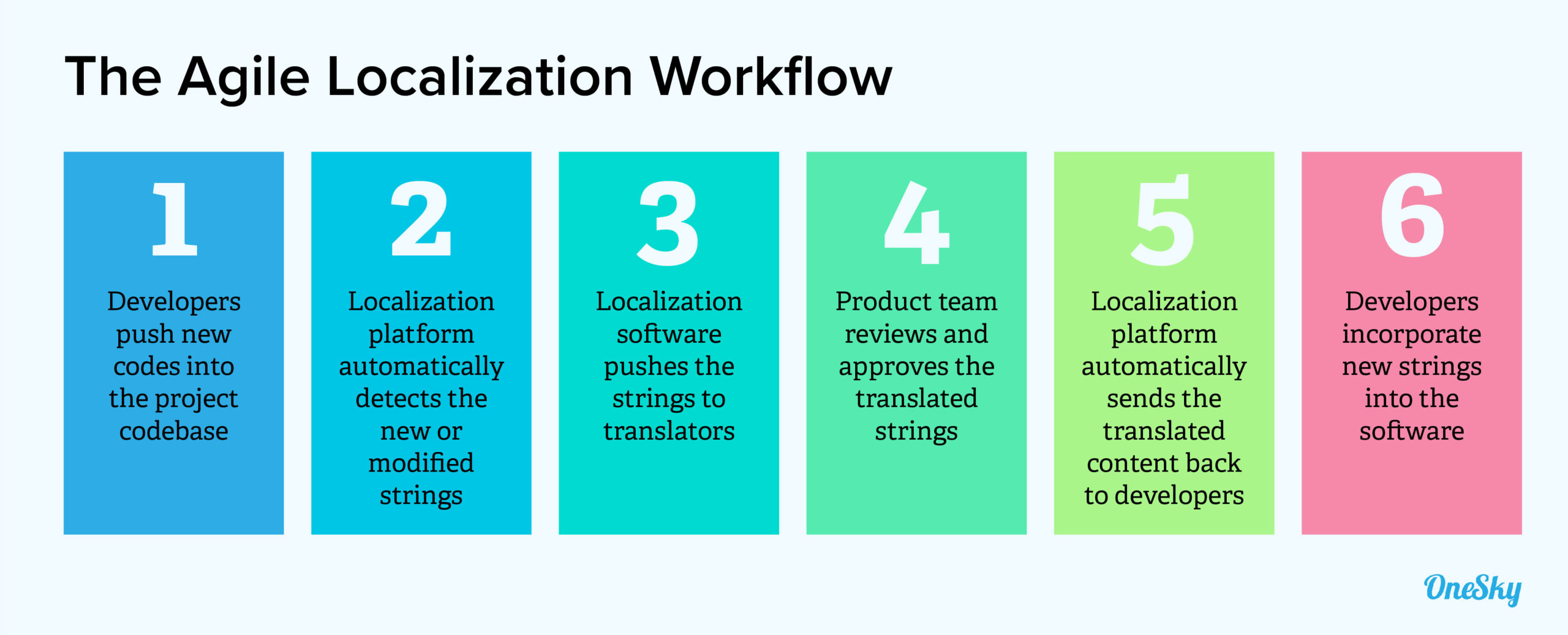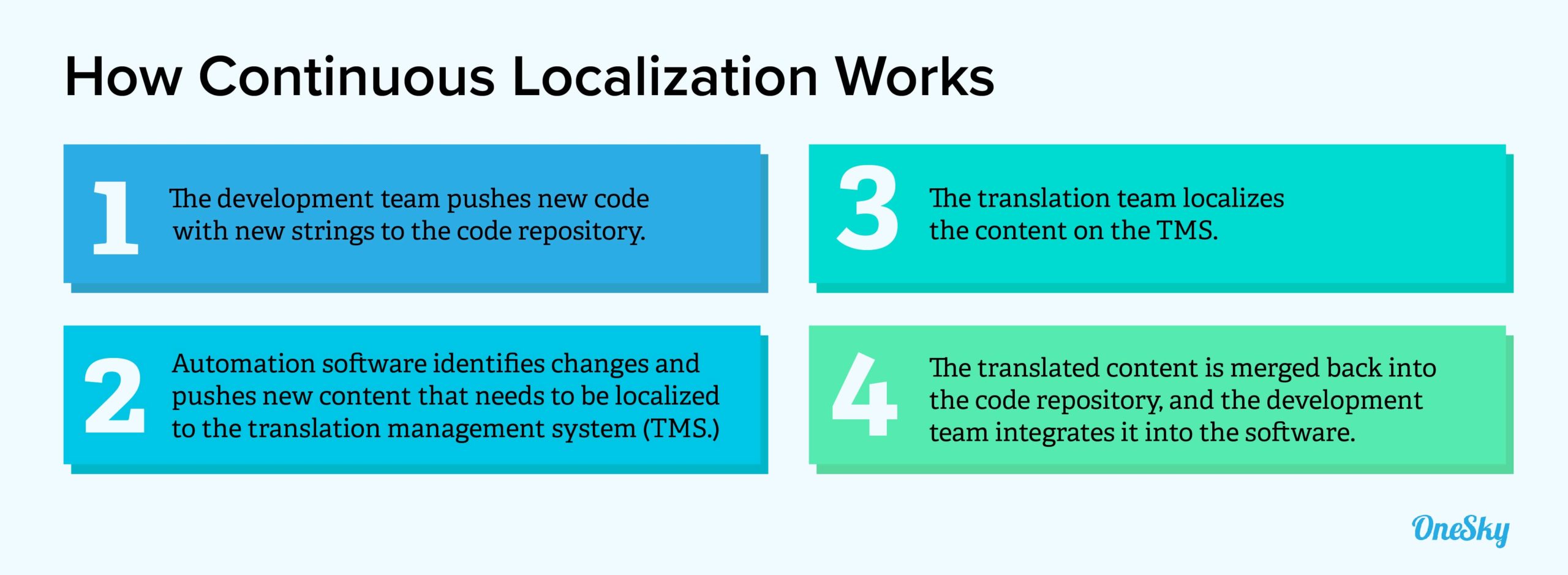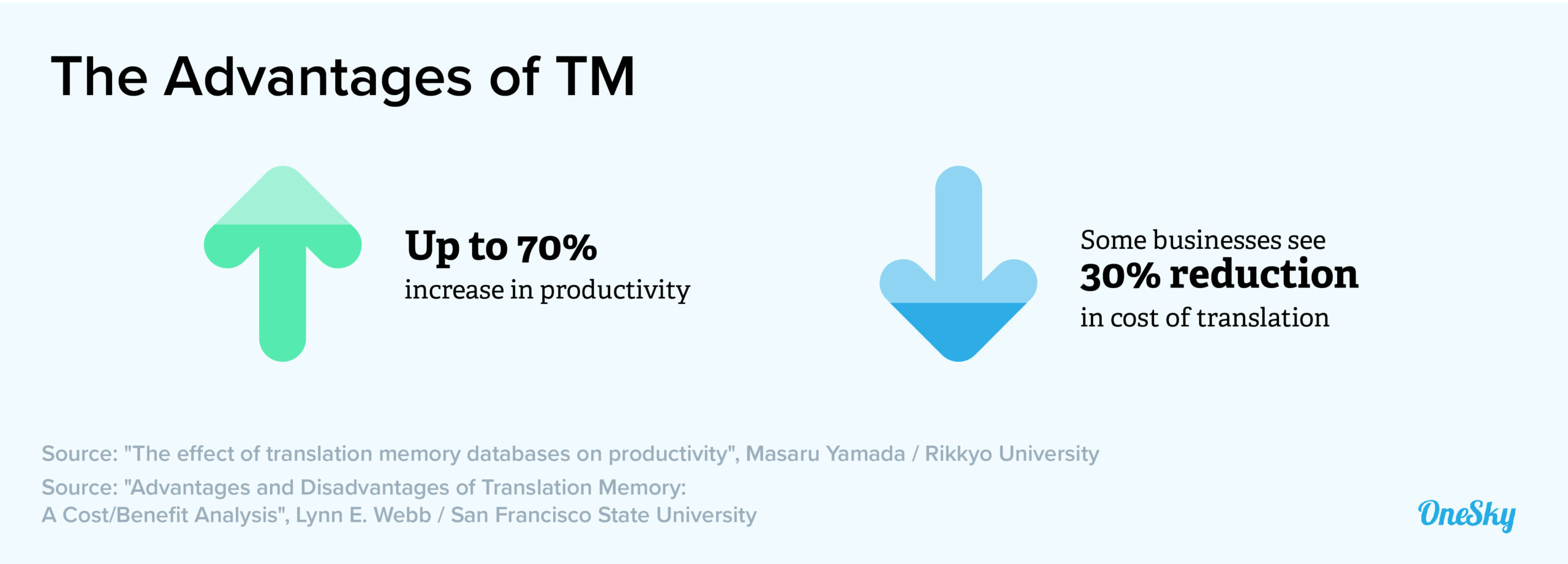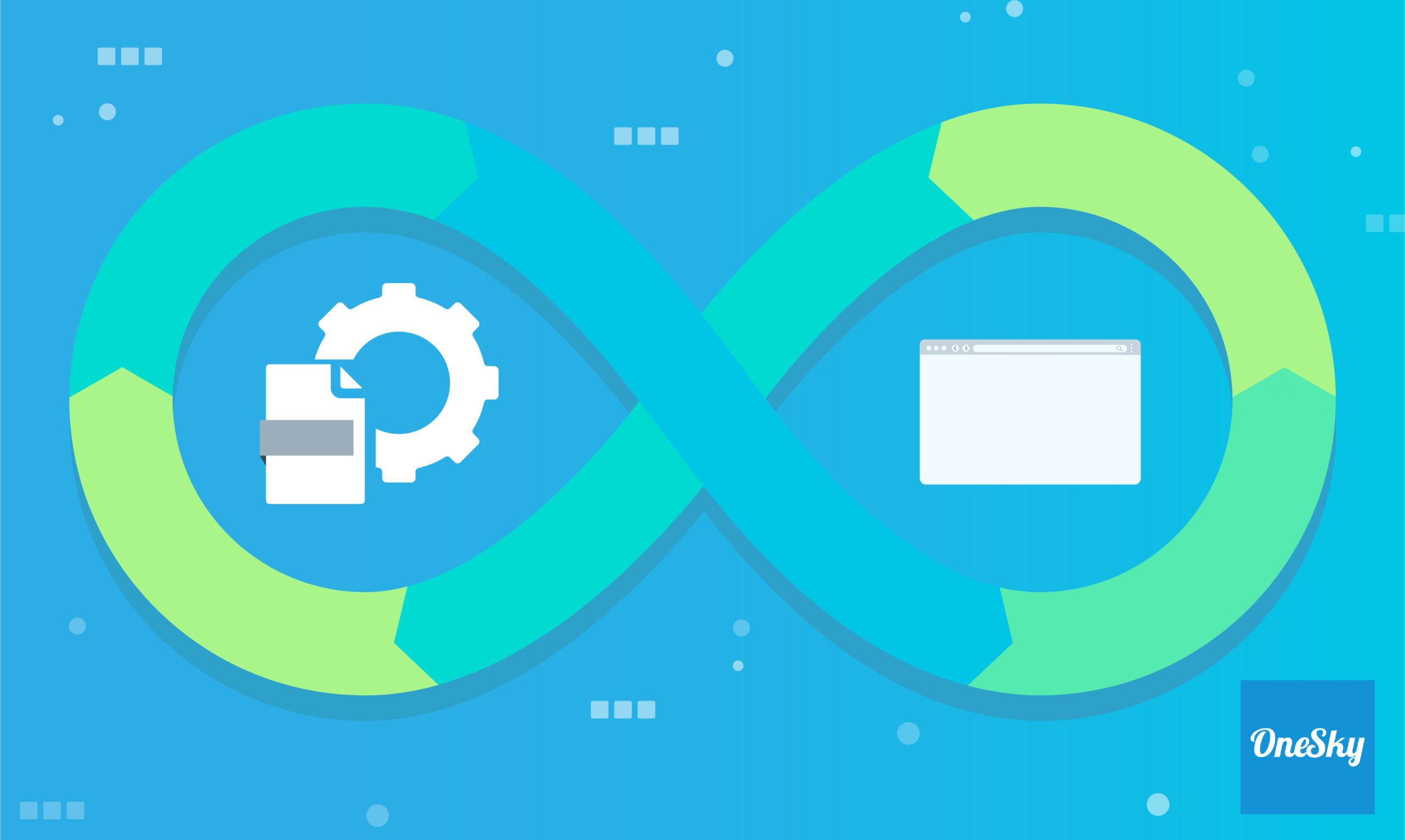What is Continuous Localization and How To Do It Right
After you launched a digital product (e.g., software, video game, app, website, etc.) in a new market, the work has just begun.
You must continuously improve and update the product to fix bugs, add new features, and meet changing market demand. This means you’ll have to create and localize new content constantly.
The good news is that you don’t have to go through the time-consuming process to re-translate and re-localize your product every time you make an update when you implement a continuous localization process that works in tandem with your development cycles.
Find out how continuous localization works, why it’s the preferred method for supporting global growth, and how you can make the most of this approach.
What Is Continuous Localization and How Does It Work?
The traditional waterfall project management model is highly inefficient for the ongoing localization of digital products because the translation workflow is always trailing behind the development process.
In this model, the translation team works on the product of a finished sprint. After they complete the translation, the software development team has to revisit the code of a previous sprint to incorporate the translated content.
Then, the localization team would review and request updates on content in the first sprint as the development team works on the third or fourth sprint. Developers have to go back to make updates and go through another round of testing.
This “three steps forward, two steps back” progress works against the goals of agile localization. Development teams can’t ship a product after each sprint because rework is often required after the translation process.

On the other hand, continuous localization integrates translation workflows into the agile software development process.
The translation team works in parallel with the agile sprints, localizing the content in small batches to support continuous integration and continuous delivery (CI/CD), a common agile development methodology.
The localization manager and translation team have visibility into the development process and are available to discuss translation issues with developers whenever necessary to ensure that the localization process happens in lock-step with the development cycle.
Localization teams monitor code repositories (e.g., Github) continuously and translate the text as new content is added. This process minimizes disruption to the agile development process while ensuring that localization workflows are keeping pace.
Developers are encouraged to exchange ideas with the localization team during a sprint. Since they’re more aware of localization issues (e.g., string truncation in text boxes), they can take proactive steps to minimize the risks.

The Benefits of Continuous Localization
The streamlined workflows between translation and development teams can result in less frustration among team members, fewer reworks, better product quality, and on-time delivery.
Simultaneous Release
Continuous localization allows development teams to work on products for various locales and in different languages in parallel. The multilingual development process can shorten time to market, especially if you plan to launch a product or release an update simultaneously in multiple countries.
Seamless Collaboration
The localization team can work with developers closely to understand the constraints of the user interface and ask questions about the context (e.g., user flow) so they can create accurate and high-quality translations to minimize costly reworks.
Shorter Development Cycles
Developers benefit from continuous localization thanks to fewer back-and-forths with the localization team. They can focus on the tasks at hand and get products and features shipped on time and on budget.
Streamlined Workflows
The waterfall model often results in multiple revision cycles that can become a product manager’s nightmare. Continuous localization reduces the complexity of a translation project, while automation software eliminates tedious work and bottlenecks.
Continuous Localization Challenges
Of course, continuous localization isn’t the magic bullet. You must navigate some potential pitfalls to take advantage of this localization management approach.
Translation Consistency and Accuracy
Since the translated content is integrated into an existing product, everything from terminologies to tone and voice must stay consistent. However, it’s not always easy for translators to wrap their heads around the context when working within the short timeline of an agile sprint.
Create a translation style guide and use term glossaries to help ensure the consistent use of terms and style across multiple sprints. You can also upload pertinent background information (e.g., the storyline of a video game, screenshots of an app) to a centralized localization platform to provide context to translators.
Cross-functional Collaboration
Developers often don’t understand the complexity of localization workflows, and translators may not grasp the nuances of the digital product development process. The lack of mutual understanding can cause issues in a fast-paced agile environment.
Not to mention, an agile development process involves other team members, such as product managers, designers, user experience (UX) writers, and marketers. All of them must be in the loop, understand each other’s goals, and work together seamlessly to ensure that nothing falls through the cracks.
Design a software localization strategy and ensure that every team member understands the big picture. Use a cloud-based localization platform and set up automated workflows so the right people can get the right information to do their job at the right time.
Resource Allocation and Organization
Translation volume can fluctuate from week to week based on the scope of each sprint, making it harder to project resource needs. You may not be able to retain the same translators on the localization project, which makes ensuring consistency across sprints more challenging.
You can work with translation services providers to secure the same team for your projects. Again, having a centralized repository for a style guide, glossaries, and background information helps ensure that new translators can pitch in when needed while maintaining consistency.
Unlock the Power of Continuous Localization
Successful continuous localization requires the right people working together in the right way, supported by the right technologies.
Use a robust cloud-based translation management system (TMS) that acts as a single source of truth to keep all the assets, including strings, images, screenshots, and content all in one place. It also serves as a centralized platform where the project manager assigns tasks, stakeholders communicate, and reviewers track issues.
Your TMS should offer these functionalities:
- Translation memory: A database of past translated content, which translators can reuse to shorten the project timeline and ensure consistency.
- Computer-aided translation (CAT) tools: Features such as glossaries and QA checks to help ensure quality while speeding up the translation process.
- Workflow management: Automation technology helps improve operational efficiency while minimizing bottlenecks and oversight.
- Resource management: An overview of all the team members involved in a project to easily manage their workloads.
- File formats: The ability to support various file formatsto facilitate cross-disciplinary collaboration.
- Plug-ins and APIs: Real-time and seamless integrations streamline processes, minimize errors, and enable ongoing monitoring of new content.

Continuous localization is complex, but you don’t have to go it alone.
Working with a reputable localization service provider allows you to access robust localization tools and an experienced team all in one place to support a seamless agile development process for your digital products.
OneSky offers an all-in-one localization solution that streamlines continuous localization. Besides all the necessary technologies (e.g., TMS, workflow automation, string context, device testing,) you can also access a dedicated translation manager and over 1,000 professional translators fluent in 50+ languages to get your localization project done on time every time.
Try Onesky for free to make launching your product globally faster and easier.



 Written by -
Written by - 




 Written by
Written by 



Being part of the translation industry, I completely understand the importance of this blog post. Thanks for sharing a complete guide about continuous Localization. I really appreciate your research.